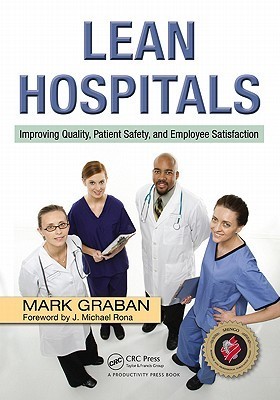
The Checklist Manifesto: How to Get Things Right
Book Description
Imagine a world where lives hang in the balance, and a mere oversight can spell disaster. In "The Checklist Manifesto," Atul Gawande unveils a revolutionary tool that promises to elevate human performance and safeguard against failure. Through gripping real-life stories from the operating room to the construction site, he reveals the profound power of simplicity in a chaotic world. This is a captivating exploration of how checklists can be the unsung heroes in our most complex tasks. Could something as humble as a checklist hold the key to mastering the art of getting things right?
Quick Book Summary
In "The Checklist Manifesto," surgeon Atul Gawande explores the relentless complexity of modern professions and the frequent human errors caused by overwhelming information and processes. Gawande illustrates, through compelling stories from medicine, aviation, and construction, how relying on memory alone can be fatally flawed. He introduces the humble checklist as a revolutionary tool that reduces errors and improves outcomes. Rather than replacing expertise, checklists enhance collaboration, organization, and discipline. By standardizing critical steps, they safeguard against omission, improve communication, and empower teams—even in the most high-stakes environments. Gawande demonstrates that embracing checklists fosters reliability and excellence, whether in saving lives during surgery or managing large-scale construction projects.
Summary of Key Ideas
Table of Contents
The hidden dangers of complexity
Atul Gawande begins by highlighting how intricate our world has become, especially in professions where stakes are high, such as medicine, aviation, and construction. As expertise and specialization have grown, so has the complexity of tasks and the margin for error. Despite advances in skill and technology, failures occur not because of ignorance but due to the sheer amount of detail that overwhelms even the most capable professionals. These failures, Gawande argues, are evidence of a complexity that often outpaces our cognitive limits.
The art and science of creating effective checklists
In response to these challenges, Gawande proposes the checklist as an elegantly simple but transformative solution. He draws inspiration from fields like aviation, where checklists have long been used to prevent catastrophe. Gawande shows that effective checklists do not try to script every action but focus on the most critical steps prone to being missed. The process of creating a good checklist involves iterating, testing, and refining to ensure it is practical, concise, and easy to use—not an unwieldy burden, but an aid to memory and teamwork.
Transforming teamwork and communication
Checklists not only reduce the risk of oversight but also redefine how teams interact. Gawande details how their adoption in surgical settings has improved communication, requiring teams to confirm names, roles, and expectations before beginning a procedure. This fosters a culture where every member is empowered to speak up, share concerns, and contribute to safety. The checklist thus empowers collaboration and ensures that vital information is not overlooked, breaking down hierarchies that often hinder team effectiveness.
Implementing checklists in high-stakes environments
The real-world impact of checklists is underscored by powerful examples from hospitals, construction projects, and even investment banking. In medicine, implementing surgical checklists has been shown to drastically reduce complications and save lives. Gawande shows that even in environments considered too dynamic or creative for standardization, well-designed checklists can boost performance. Through these stories, he demonstrates that checklists are not about stifling expertise but about supporting it—providing guardrails against inevitable human error.
Overcoming resistance and building a culture of reliability
Despite the evidence, Gawande acknowledges that checklists can face resistance. Professionals may view them as a threat to autonomy or an admission of weakness. Overcoming this resistance requires cultural change—leaders must embrace humility, teamwork, and a commitment to reliability. Gawande concludes that embracing the checklist mindset is ultimately a sign of mastery: recognizing the limits of memory and expertise and choosing innovation and collaboration over pride. In doing so, organizations can achieve consistent excellence in even the most demanding fields.
Download This Summary
Get a free PDF of this summary instantly — no email required.





